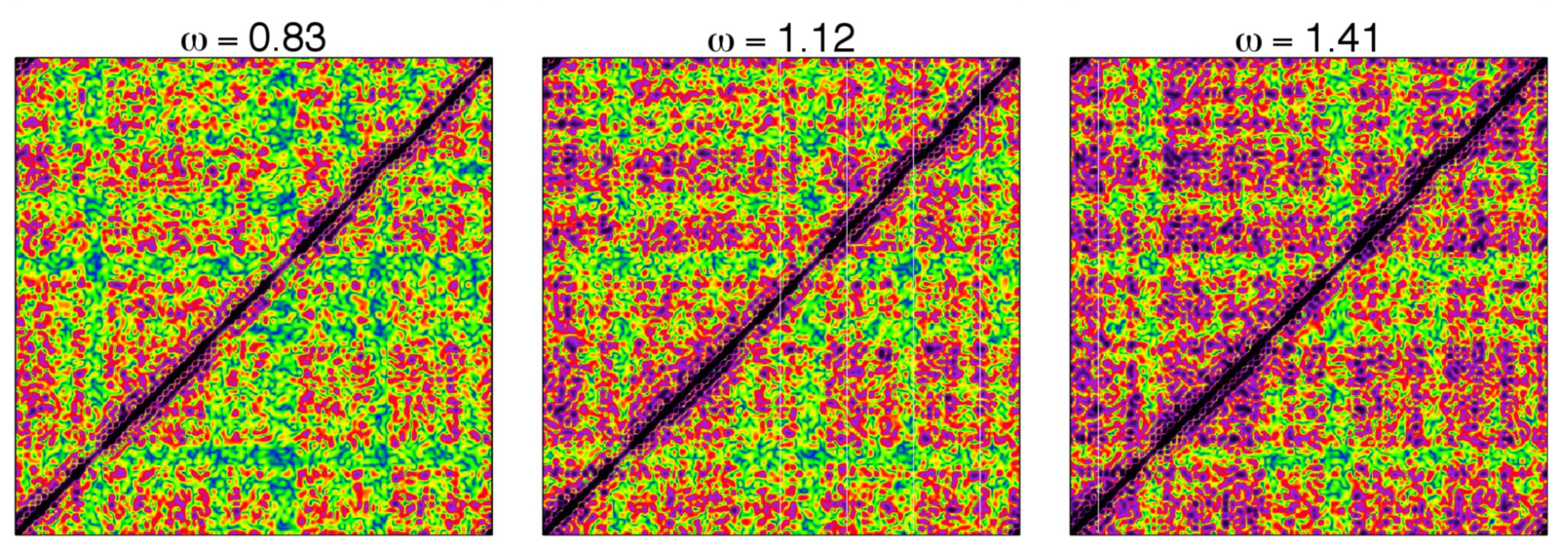
Detecting and Localizing Differences in Functional Time Series Dynamics: A Case Study in Molecular Biophysics
Abstract
Motivated by the problem of inferring the molecular dynamics of DNA in solution, and linking them with its base-pair composition, we consider the problem of comparing the dynamics of functional time series (FTS), and of localizing any inferred differences in frequency and along curvelength. The approach we take is one of Fourier analysis, where the complete second-order structure of the FTS is encoded by its spectral density operator, indexed by frequency and curvelength. The comparison is broken down to a hierarchy of stages: at a global level, we compare the spectral density operators of the two FTS, across frequencies and curve- length, based on a Hilbert–Schmidt criterion; then, we localize any differences to specific frequencies; and, finally, we further localize any differences along the length of the random curves, that is, in physical space. A hierarchical multiple testing approach guarantees control of the averaged false discovery rate over the selected frequencies. In this sense, we are able to attribute any differences to distinct dynamic (frequency) and spatial (curvelength) contributions. Our approach is presented and illustrated by means of a case study in molecular biophysics: how can one use molecular dynamics simulations of short strands of DNA to infer their temporal dynamics at the scaling limit, and probe whether these depend on the sequence encoded in these strands? Supplementary materials for this article are available online.